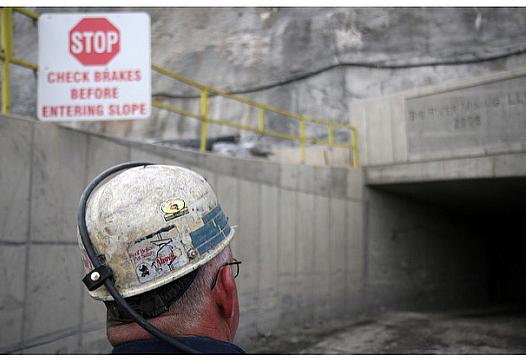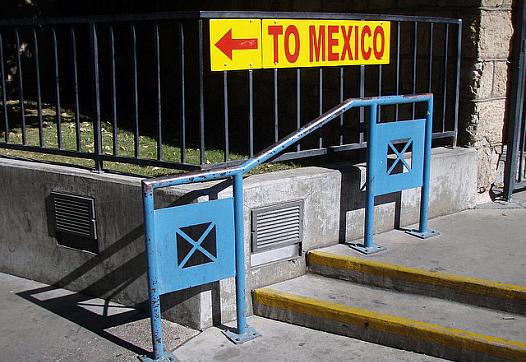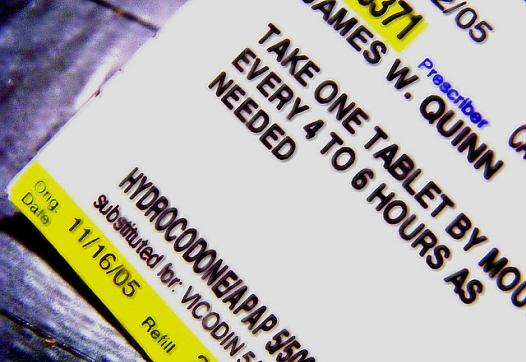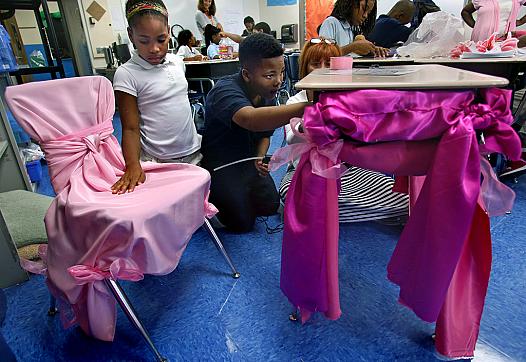
From telemedicine to transportation assistance to culturally appropriate care, panelists at the 2016 California Fellowship discuss strategies new and old for getting care to the state’s underserved communities.

From telemedicine to transportation assistance to culturally appropriate care, panelists at the 2016 California Fellowship discuss strategies new and old for getting care to the state’s underserved communities.

Two journalists, a doctor and a nonprofit leader offer tips and context for how to tell urgent stories from underserved communities in the midst of the ongoing Obamacare rollout.

Of the more than 836,000 young immigrants who've applied for the Deferred Action for Childhood Arrivals program, a significant number have been able to continue their higher education, apply for college and receive financial aid. But health coverage has been trickier.

The federally funded migrant education program is designed to address the health and education needs of mostly poor children of migrant farmworkers. Many aren't event aware of the program. So it's worth asking, Just how well is the program working?

What's driving some residents in Palm Springs and the Coachella Valley to seek out health care in Mexico? It turns out it's not just a question of money or cultural familiarity, as Barrett Newkirk reports.
Next week, the Center for Health Journalism will host 21 reporters for our 2016 California Fellowship. Fellows and their newsrooms partner with our Center to produce ambitious projects on health topics. Here's a look at the talented crew that will be joining us.
Nearly 4 million Californians lack health insurance coverage, and nearly three out of five uninsured residents are Latino or Hispanic. Is the state and its health exchange, Covered California, doing enough to get Latinos insured?

Rural hospitals have been closing at alarming rate across the nation, including California's Central Valley. What happens to rural residents when a local hospital closes it doors? And is telemedicine really the solution?

Working with data, it’s often easy to forget that each entry represents a real human being. An opioid abuse epidemic like the one taking place in San Diego isn’t just a statistically significant outlier — it’s a series of individual human tragedies.

We know "toxic stress" can have a devastating impact on the longterm health and well-being of children. But how do we counter its effects? It turns out that strengthening relationships and building resilience is key.